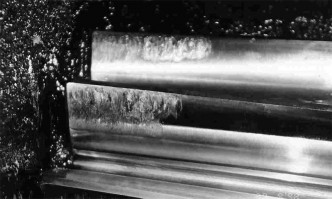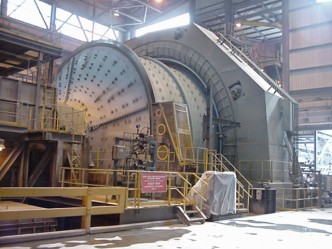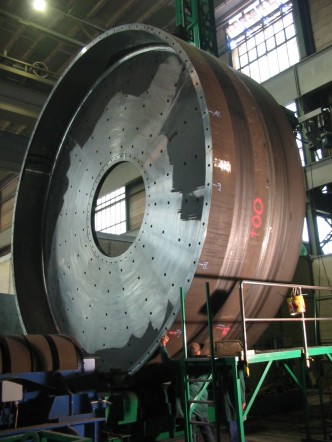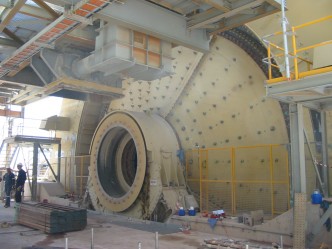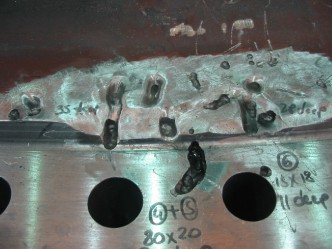
Mill Castings – QC – Consultants
It is a terrible waste in terms of energy, cost, human effort, damage to the environment, etc., to scrap a mill casting. However sometimes, this is necessary and it does not take an expert in quality control to see why. The assessment of flaws in castings using fracture mechanics seems to be too conservative but there is no credible alternative proposed by mill vendors at present. There is a need for independent, openly published research into a less conservative approach for casting flaw assessment and this would be useful to Owners and vendors alike.
Read More...
